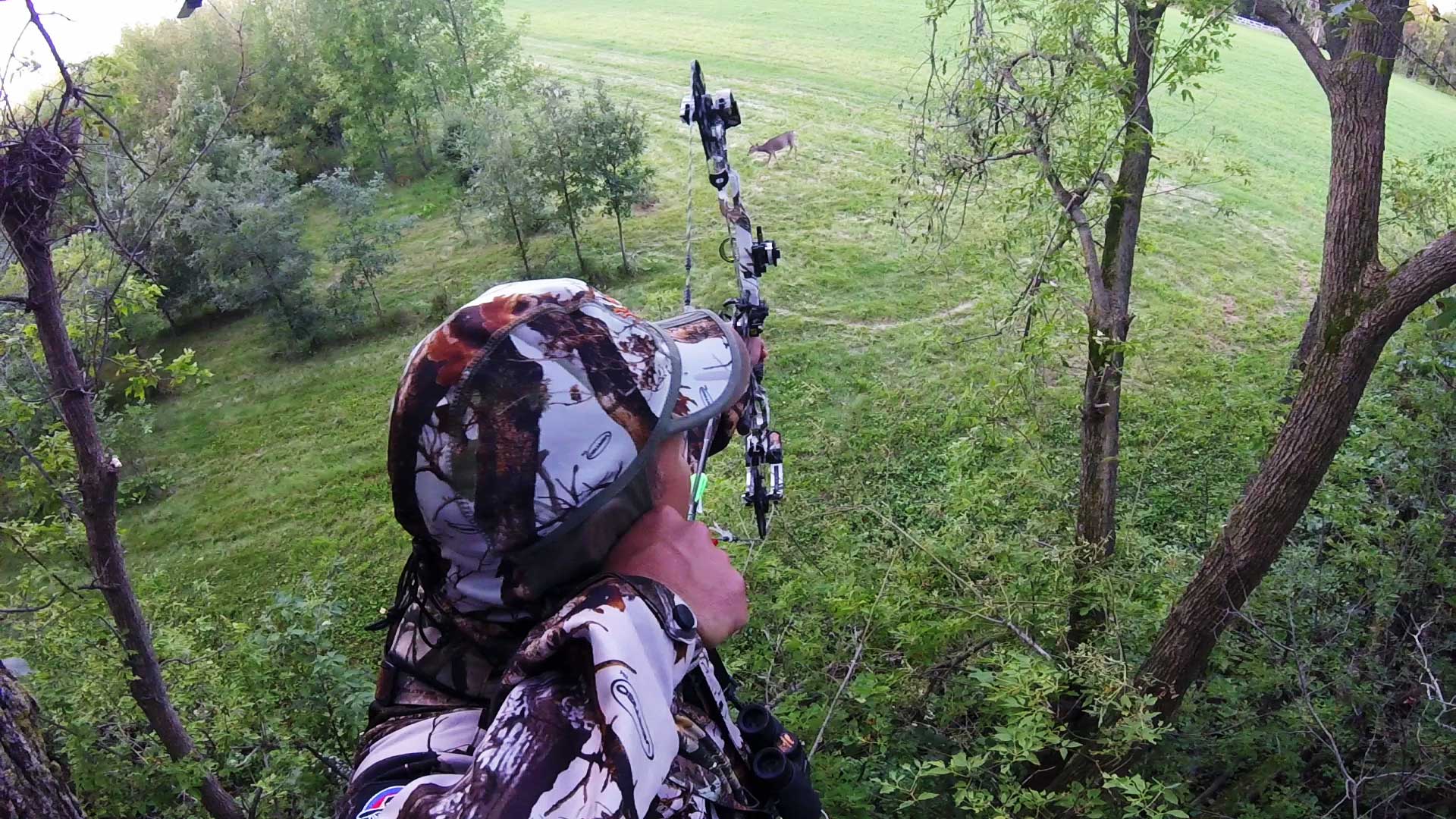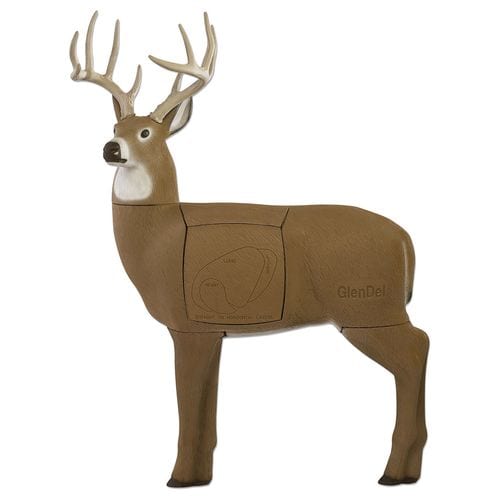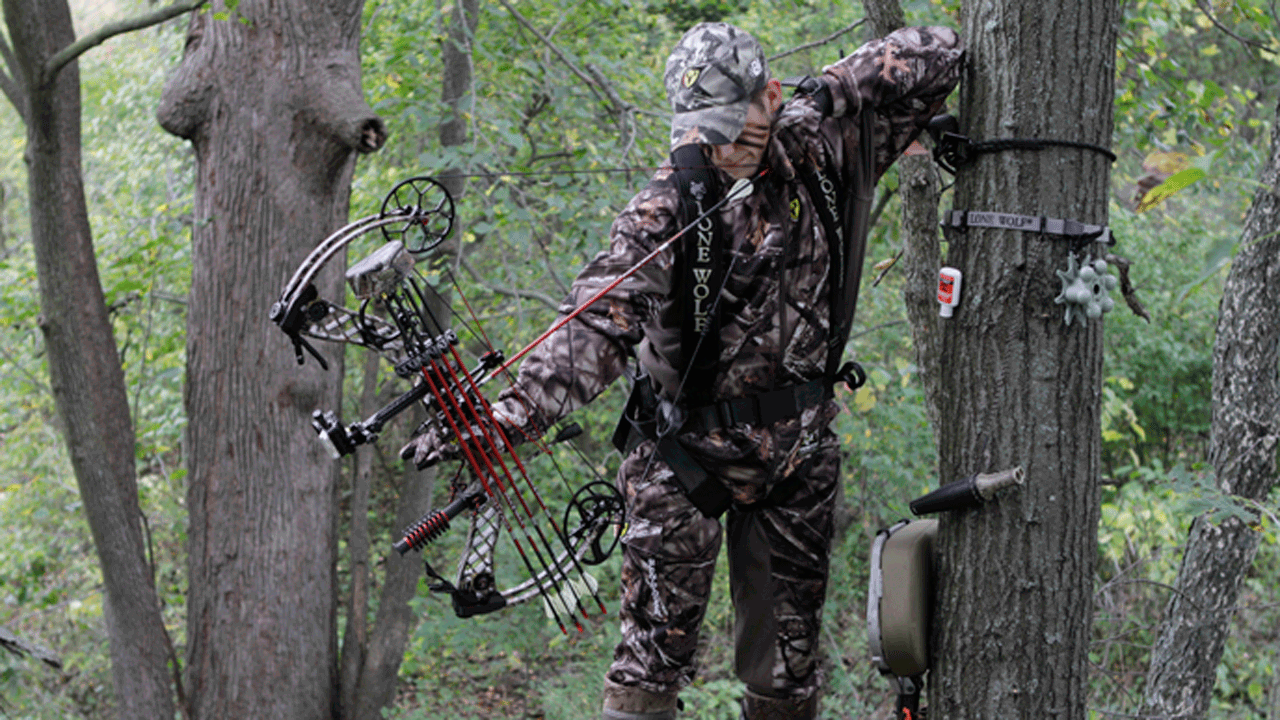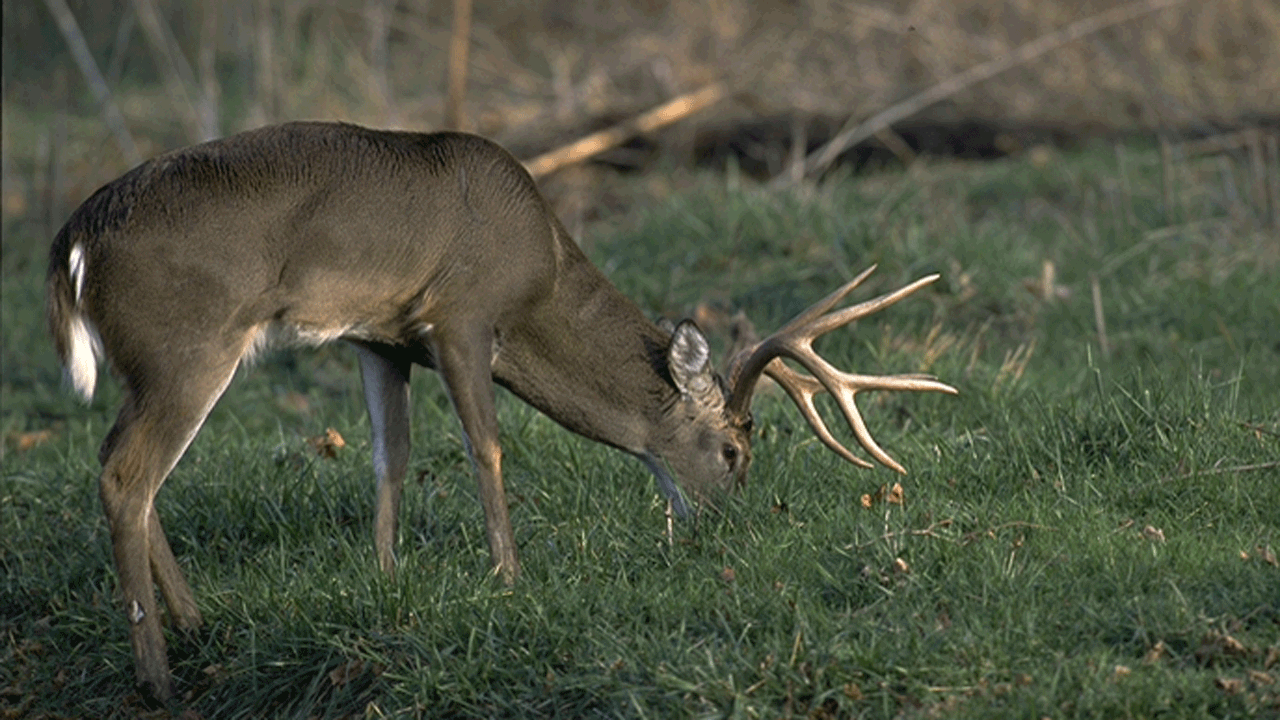I’ll never forget hunting the river bottoms of western Montana several years back when I rattled up what would have been the biggest buck of my life. He came in just like I’d dreamed about countless times before. But at 50 yards he came to an abrupt stop. He seemed to know something was up when he couldn’t see the deer he thought he’d heard. I ranged him again. 50 yards, right on the money. I’d been drilling shots at 50 yards all summer long. “This was no different,” I told myself. I yanked the string back and turned the arrow loose. Seconds later I stood shaking violently in my stand, shaking my head at how bad I had missed that buck. I like to think that he responded to the shot, ducked the string, or something along those lines. The bottom line is that I missed big.
You see, this shot was very different than all those 50 yards shots I had taken in the back yard. This shot was on a live target. A living, breathing animal stood there at 50 yards and I choked. It was way different than punching foam out behind the house. It wasn’t the first time I’d missed, nor was it the last. But it was the time that really got me to wondering and second guessing, when it comes to shot distance, “How far is too far?”

How far is too far when it comes to bowhunting whitetail deer?
The Failure of Foam
If you’re an archer or bowhunter, you have some type of foam target in your backyard. Regardless of whether it’s a block-style target or a 3-D animal target, foam is pretty much standard procedure when it comes to our practice routine. And regardless of how realistic those 3-D targets may appear, they’re still just foam. They don’t live, breathe, or move. No matter how quickly, or slowly, we trigger the release, that foam will not move. Noisy bow? No problem when you’re punching foam.

Just because you’re deadly on foam at 50 yards doesn’t mean you’ll be deadly on live game at 50 yards.
The point is, while backyard shooting practice on stationary foam keeps us dialed in and solid, it fails to give us realistic practice for the moment of truth on live game. We tend to head to the woods feeling like Rambo after long-bombing 80 yard shots in the backyard, only to be left scratching our heads when we blow a “chip shot” at 40.
What happened?
What happened is that we practiced all summer on a monster-sized GlenDel Full Rut buck target. It’s twice as big as that little doe tempting you at 40 yards. And we tend to fall apart with panic at how small the target appears when a live deer steps in front of our stand. It happens to me every year. Those does look so much smaller than the target I practiced with all summer in the yard. I felt good about shooting 50 yard shots before. Now that live deer at 50 yards looks like it’s 100 yards away.
Bottom line – just because you’re deadly on foam at 50 yards doesn’t mean you’ll be deadly on a live whitetail deer at 50. Countless variables come into play when sending an arrow down range on a cagey whitetail deer at extended distances. It’s just not the same as what you’ve practiced leading up to opening day.
Why 40 Yards?
Going back to my early days in Bowhunter Education class, I vividly remember the instructors preaching, “Forty yards and no further,” when it came to maximum shot distance on whitetail deer. I remember some of the men in the class seemed to puff up and boast of shots much further. It was explained to us that 40 yards tends to be the far end of that breaking point when things begin to fall apart in the way deer respond to our shot.
Granted, bows are much fast today than they were back when I went through that Bowhunter Education class years ago, but we still face many of the same hurdles when shooting whitetail deer at extended differences. Deer can still get sideways in a hurry, even with the fastest of bows these days. I’ve watched hunters scratch their head trying to figure out how their arrows missed the mark so badly. “I was right on him,” they’ll say. And the truth is, they probably were right on him. But when that shot is launched at 50-60 yards or more, that deer has the time to react. Leaving you hoping and praying that your arrow finds the mark. And that’s never good. Forty yards and under still seems to be that safe range with minimal reaction time, even if the animal is somewhat alert from being stopped for the shot.
One Shot Fits All
The problem we run into with a, How Far is Too Far, discussion is that we tend to put ourselves in a one-shot-fits-all mindset. “If Levi Morgan can shoot deer at 65 yards, then so can I,” we tell ourselves. The problem is, you’re not Levi Morgan. And I’m certainly not either. Levi Morgan, nor any other hunter for that matter, can set the bar for how far is too far for you to shoot. You’re calling the shots. You are your own judge. You must make the ethical decision of how far is too far for you. We don’t all get the green light to pull the trigger out to 40 yards. For some it may be 25. While others may draw the line at 50. My 12-year-old boy is in hot pursuit of his first deer with a compound bow. He’s killed them with a crossbow, as well as a gun, but now he wants to shoot one with his new Mathews Stoke. How far is too far for him? We’ve set his max at 20 yards. And if he doesn’t get a grip on his nerves, we’ll bump it down to 15.

Not all bowhunters are created equal. One man’s maximum range may be 40 yards, while another may limit his shots to 20 yards.
Calm Vs. Cagey
Too many hunter fail to consider a deer’s temper when they are preparing to make the shot. Shooting at a calm deer as it stands feeding is a considerably different beast than shooting at a buck you bleated to stop at 45 yards. One has no clue you are in the world, the other is on high alert and looking for you. When you’re shooting at an animal that is wired and ready to spring, you definitely want to reconsider how far is too far.

A feeding deer is a much better target than one that is on high alert. Take the time to consider what mood your deer is in before you shoot.
Conclusion
Bottom line – you must determine ahead of time what you’re willing to do and how far you’re willing to go. Don’t be caught hoping and wishing your arrow finds the mark. Shoot from a distance that allows you to confidently place your arrows with deadly precision every time.
Best of luck this season. Shoot straight!

 By
By 



